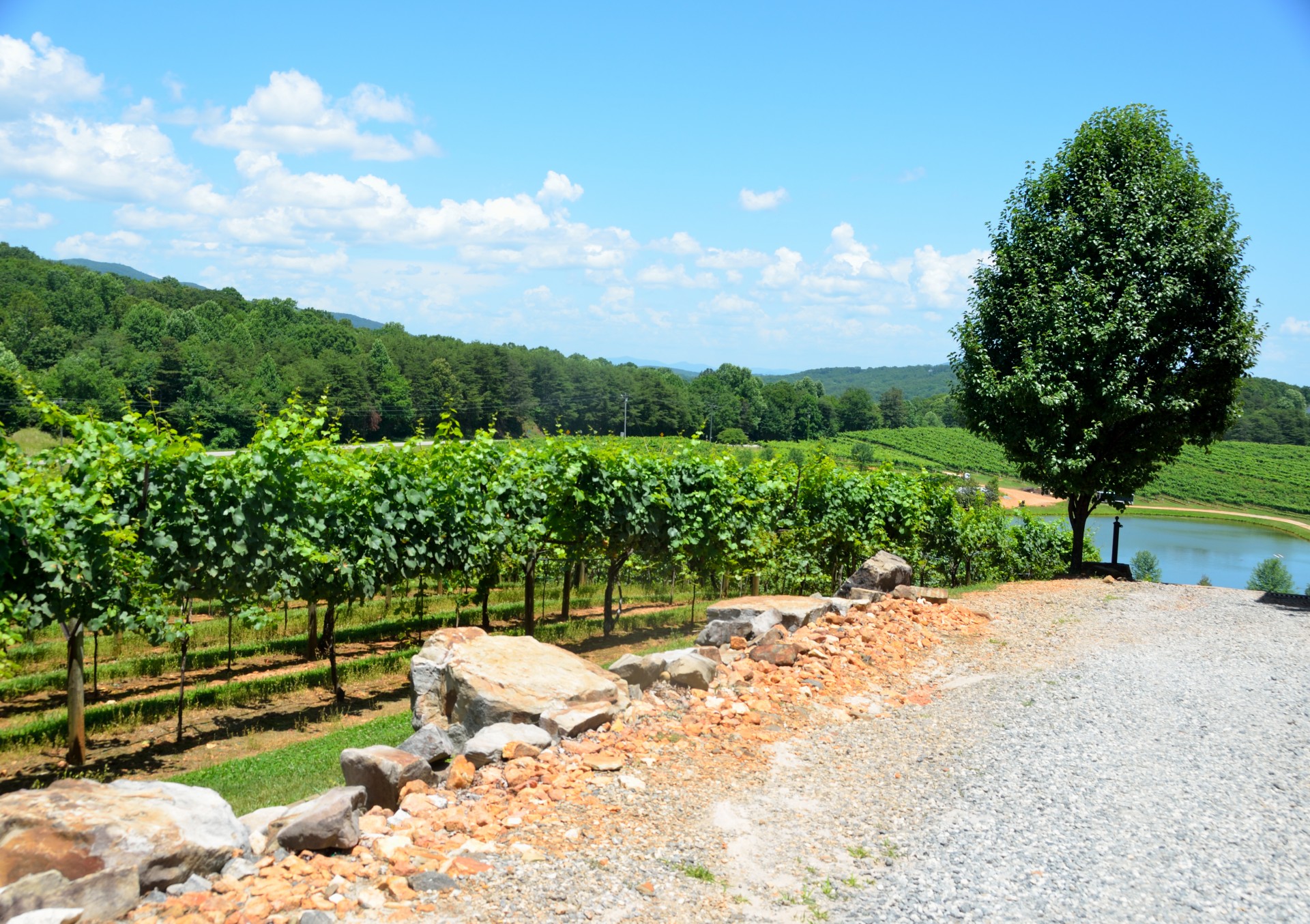In an increasingly interconnected world, beauty standards vary drastically across different cultures, leading to a rich tapestry of ideals that defy a singular definition of attractiveness. One of the more intriguing paradigms is found in certain cultures where larger body sizes are celebrated, rendering fat as a symbol of beauty, prosperity, and health. This phenomenon prompts a reassessment not only of aesthetic values but also of the societal implications attached to body size.
To engage with the subject, we must first investigate the cultural relativism that informs perceptions of beauty. Cultural relativism posits that beliefs and practices should be understood based on the context of the culture in which they exist. In societies where fat is esteemed, abundance signifies vitality, wealth, and fertility. In direct contrast, many Western cultures favor slimness often equating it with discipline, success, and desirability. Understanding these disparate values compels us to question the universality of beauty standards, challenging the predominantly Eurocentric ideals prevalent in global media.
The phenomenon is markedly pronounced in many African and Pacific Island nations. Among the Fat Women of the Himbas in Namibia, for instance, voluptuous females are celebrated and sought after, as their size correlates with prestige and desirability. Women undergo “fattening” rituals, during which family and community members facilitate weight gain, intending to enhance a woman’s attractiveness to future husbands. This practice starkly contrasts with the weight-loss regimes dominating social media in Western countries, where the ideal physique often leans toward a lean silhouette.
Moreover, in certain regions of Western Africa, particularly in Senegal and Mauritania, the notion of beauty is intertwined with the cultural nourishment that fatness represents. In these societies, corpulence is a sign of social status and health. Historically, this has manifested in specific societal roles and opportunities available to larger women. Young girls are often fed with the intention of gaining weight, a ritualistic element that serves to reinforce community values surrounding prosperity and femininity. Such practices engender an environment where a larger body is not merely accepted but revered.
Reconciling these divergent views illuminates the necessity for critical dialogue surrounding body image. The pervasive Western discourse on dieting and body shaming leaves little room for appreciation of alternative beauty paradigms. As global media continues to exert its influence, there arises a tension between the Western beauty ideal and the established norms present in cultures that embrace fullness. Through exposure to such varied perspectives, opportunities emerge to cultivate body positivity and self-acceptance, potentially leading to a worldwide shift in the perception of beauty.
In addressing this shift, it is crucial to showcase how these cultural practices counter detrimental health narratives. It is essential to discern the difference between the cultural appreciation of fatness and the medical scrutiny often applied to it. While Western discourse typically conflates fat with poor health, the cultural representations of body size in various societies speak to the complexity surrounding health, wellness, and body image. The multifaceted nature of beauty reveals that size does not singularly dictate one’s health status; rather, it can encompass a rich interplay of cultural significance, emotional well-being, and personal experience.
Media representation is a powerful conduit through which these narratives can be shifted. In recent years, there has been a progressive movement towards inclusivity in fashion and media advertising. By featuring models of diverse body types, the industry acknowledges the existence of beauty beyond the narrow confines of skinny ideals. This evolution holds substantial promise in reshaping societal perceptions and fostering an environment where all body types receive validation.
Furthermore, art and literature serve as valuable arenas for the exploration of beauty standards. By amplifying voices from cultures where fat is celebrated, creators can challenge dominant narratives, prompting audiences to reconsider preconceived notions about attractiveness. Such engagements strive to depict more equitable representations of the human experience that transcend the monolithic beauty ideal.
In addition to cultural models embracing larger body types, the mental health implications of body image perceptions warrant thorough investigation. Studies reveal that individuals who internalize societal beauty standards often experience heightened levels of anxiety, depression, and low self-esteem. By normalizing diverse body sizes and redefining the beauty paradigm, there exists the potential to mitigate such negative outcomes, ushering in an era of enhanced mental health and wellness.
As we deconstruct the multifarious dimensions of beauty through a cultural relativism lens, it becomes evident that societal standards of attractiveness are fluid, evolving, and intricately woven with the fabric of culture. As disparate cultures converge and interact, there is hope for a burgeoning dialogue that honors different standards and uplifts the concept that beauty is indeed subjective. The need for expansive representational voices—to facilitate understanding, appreciation, and acceptance—remains paramount in forging a collective recognition of beauty in every form. The transformation of societal standards signifies not only an aesthetic evolution but also an enriched appreciation for the vast difference inherent in human experiences.
Ultimately, the pursuit of beauty should not constrict individuals into rigid categories or foster unhealthy comparisons, but rather celebrate the unique diversity that humanity embodies. The intersection of cultures reveals an opportunity for profound learning and growth, urging us towards a communal acceptance in which every body is worthy of celebration and respect. In doing so, we can redefine beauty as a mosaic of humanity—embracing its variety and imperfection—and acknowledging that every form of beauty contributes to the kaleidoscope of our shared human experience.
